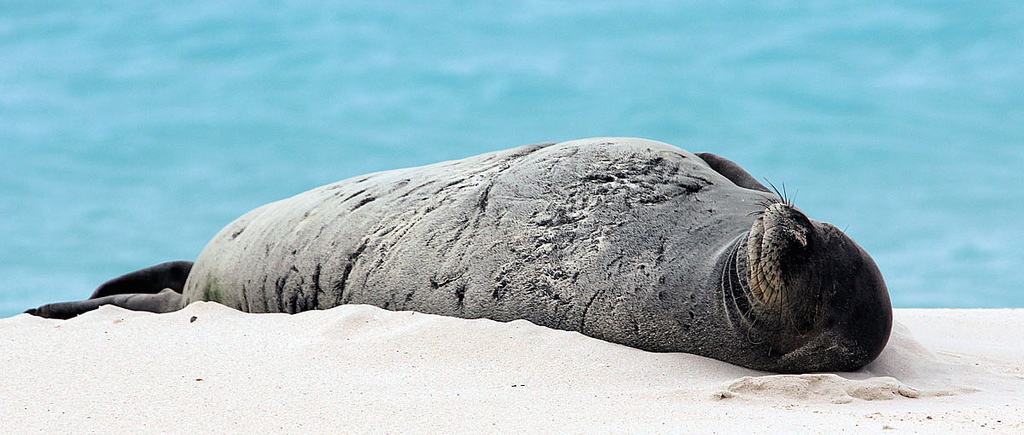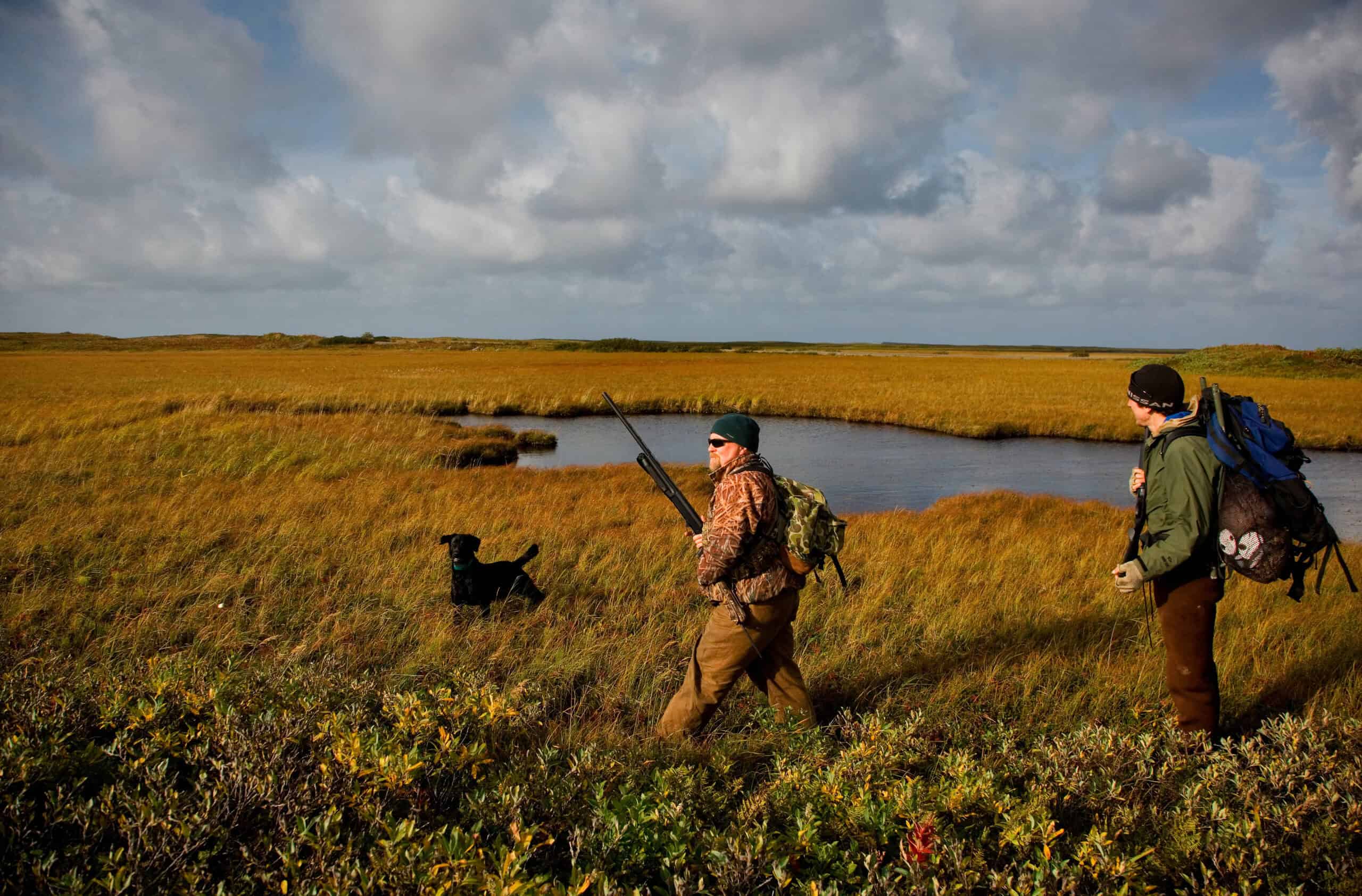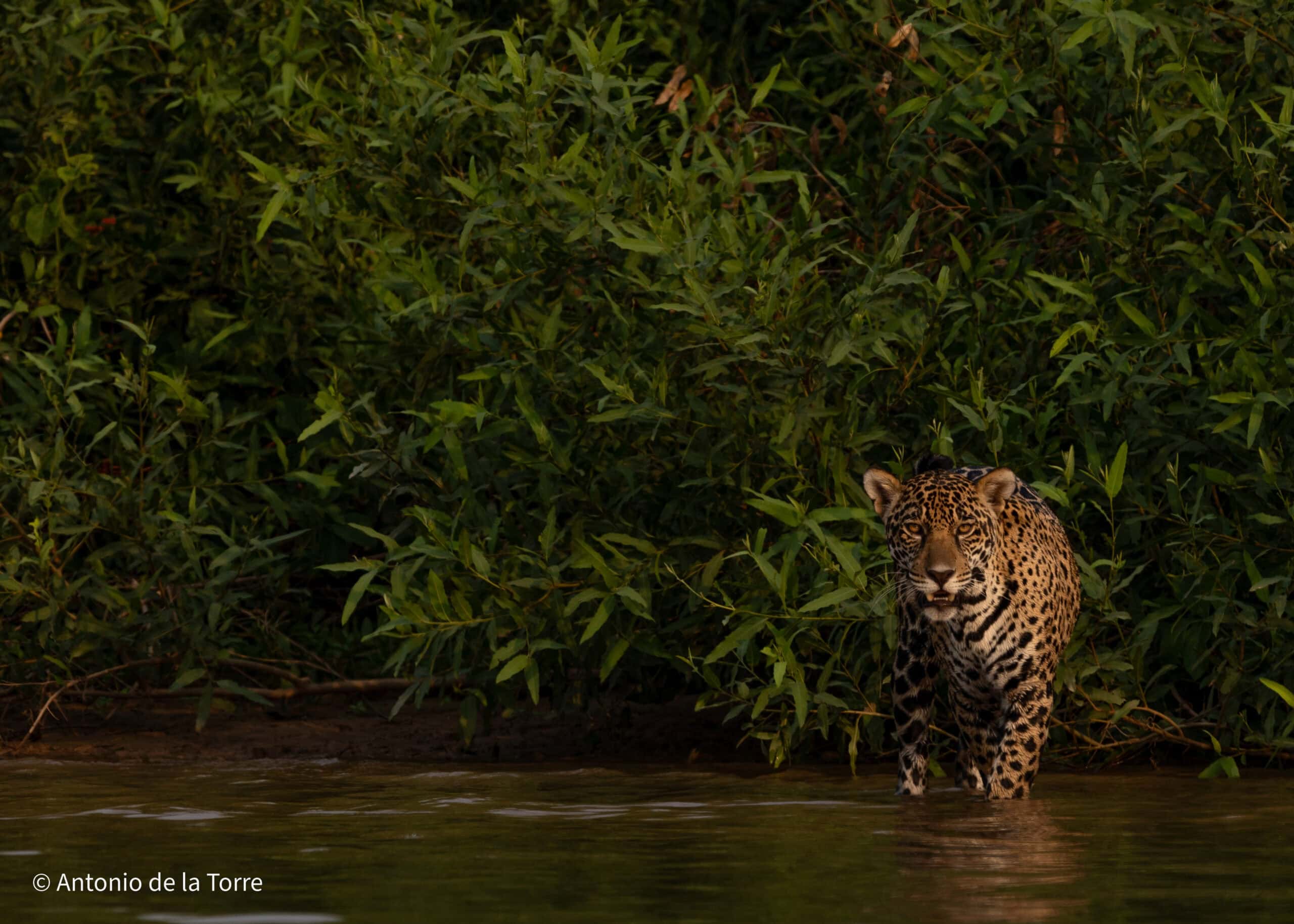Share this article
Hawaiian Monk Seals Gain Critical Habitat Protection
Critically endangered Hawaiian monk seals (Monachus schauinslandi) now have a better chance to revive their population thanks to an increase in almost 7,000 square miles of designated critical habitat.
The U.S. National Marine Fisheries Service (NMFS) finalized its ruling to expand habitat this month, seven years after environmental organizations and advocacy groups such as the Hawaiian Environmental Alliance filed a legal petition to protect the seals that are native to Hawaii and are declining in population.
“Hawaii has a responsibility to protect our natural and cultural heritage,” said Suzanne Case, chairperson for the Hawaii Department of Land and Natural Resources, in a press release. “A part of that is making sure that our very special, unique, native Hawaiian monk seals have safe places to thrive.”
As part of the effort, NMFS will focus on protecting areas most important for the seals’ foraging, pupping and resting. Monk seals are currently protected under state and federal law with only 1,100 of them left in the world. In the last decade, their numbers have declined about 4 percent per year.
Under the Endangered Species Act, when an area is designated as critical habitat, federally permitted or funded projects may need to be altered to avoid damaging habitat. By enforcing critical habitats, the DLNR can better manage coastal resources.
“We look forward to enhanced state and federal co-management of monk seals throughout Hawaii,” Case said. “Critical habitat helps manage federal activities to avoid habitat destruction. Most fisherman and other ocean users will never even notice this rule has been implemented.” This is because the new habitat rule won’t impact most recreational activities including swimming, boating, fish and gathering, she said.
Case hopes this will helps the DLNR work together with the federal government to ensure protection of the seal and other wildlife in the future. “We see this rule as an opportunity to improve our partnership with federal natural resources management and it complements the work the state is doing to conserve monk seals.”
Header Image: A Hawaiian monk seal basks in the sun. Recently, the federal government has approved new rules to add critical habitat for the endangered Hawaiian native species.
Image Credit: Andy Collins, NOAA Office of National Marine Sanctuaries








